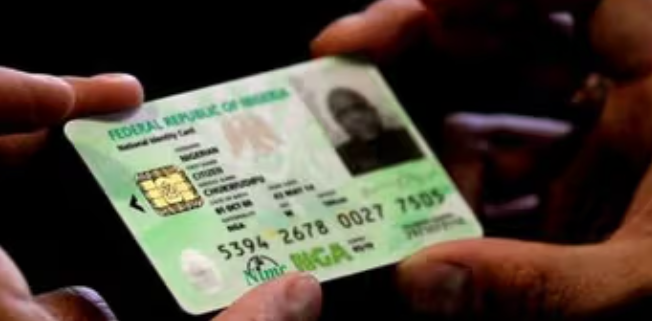The Federal Government, through the National Identity Management Commission (NIMC), has launched an enhanced National Identity Card layered with payment capabilities and social service features.

The new card was a brainchild of a collaborative effort between NIMC, the Central Bank of Nigeria (CBN) and the Nigeria Inter-bank Settlement System (NIBSS).
The Head of Corporate Communications of NIMC, Kayode Adegoke, announced the development in a statement on Saturday, April 6, 2024.
Fortified with verifiable national identity features, the national ID card is supported by the NIMC Act No. 23 of 2007, which mandates the enrollment and issuance of a general multipurpose card to Nigerians and legal residents.
According to the commission, the initiative aims to address the demand for physical identification, enabling cardholders to prove their identity and access government and private social services.
The new card is also expected to promote inclusion for disenfranchised Nigerians, empower citizens, as well as encourage increased participation in nation-building endeavours.
Below are 10 important things you should know about the new national ID card scheme introduced by the NIMC.
Only registered citizens and legal residents with the National Identification Number (NIN) will be eligible to request the card.
Request for cards by registered citizens and legal residents will be made available online, at any commercial bank, various agencies or agents participating in multiple programs and/or any NIMC offices nationwide.
It’s powered by AfriGO, a National domestic card scheme.
It has a machine-readable Zone (MRZ) in conformation with ICAO for -passport information.
It’s identity card Issue Date and document number in line with ICAO standard.
It has Nigeria’s quick response code (NQR) containing the national identification number.
It has offline capability that allows transactions in areas with limited network coverage or zero infrastructure connectivity.
It can function as a debit and prepaid card catering to both banked and unbanked individuals.
It has biometric authentication, such as fingerprint and pictures, as the primary medium for identity verification through the data on the card chip.
Its additional features include travel, health insurance information, microloans, agriculture, food stamps, transport, and energy subsidies, etc.




